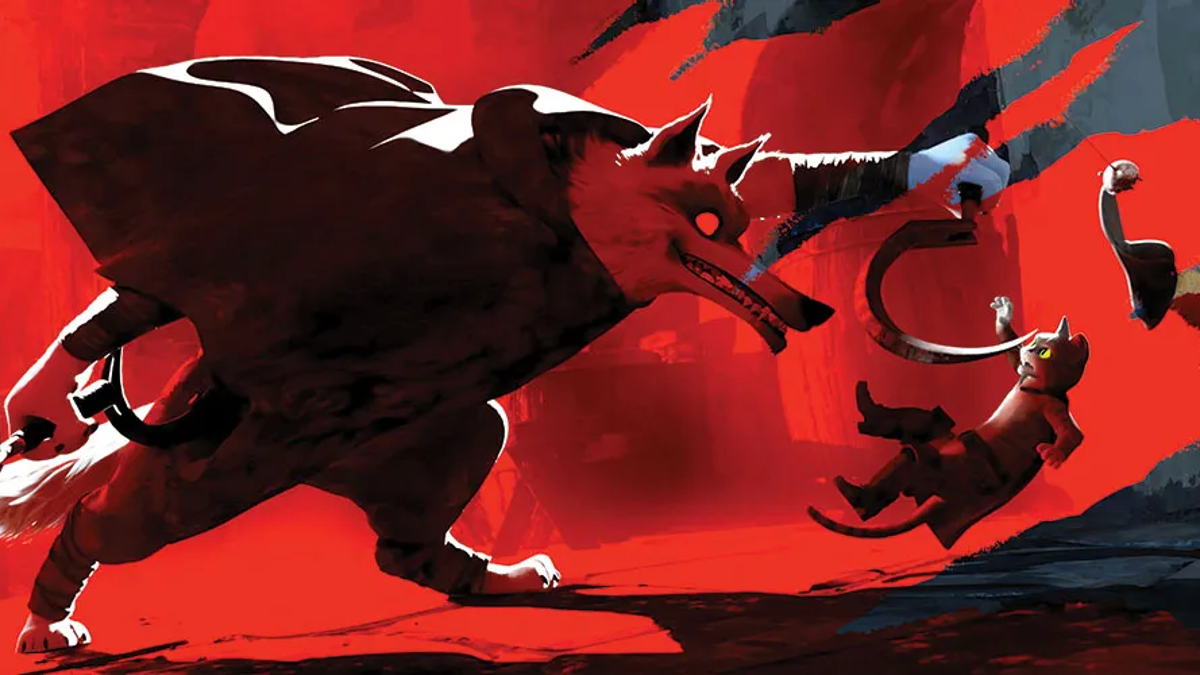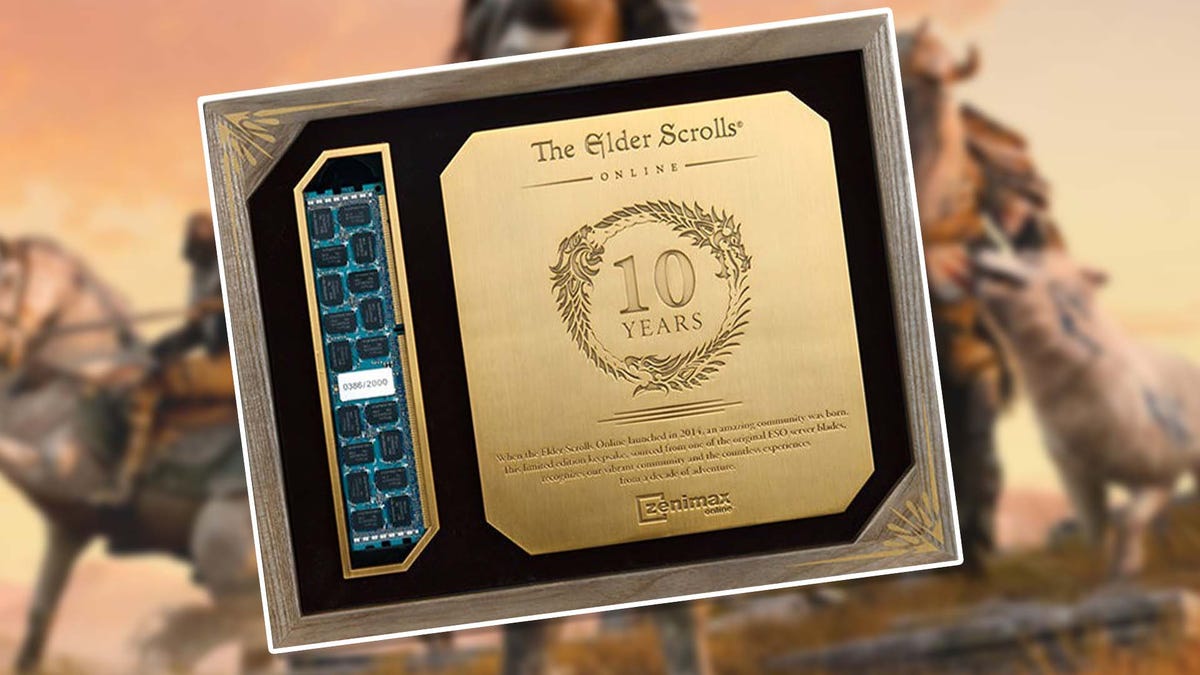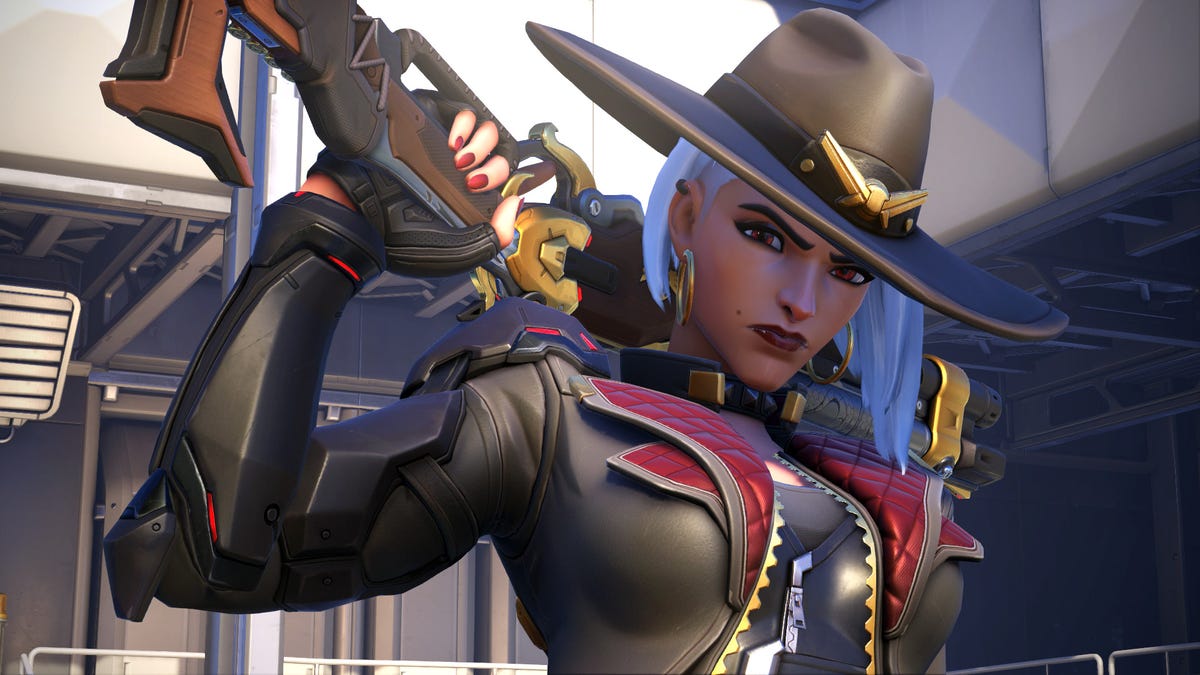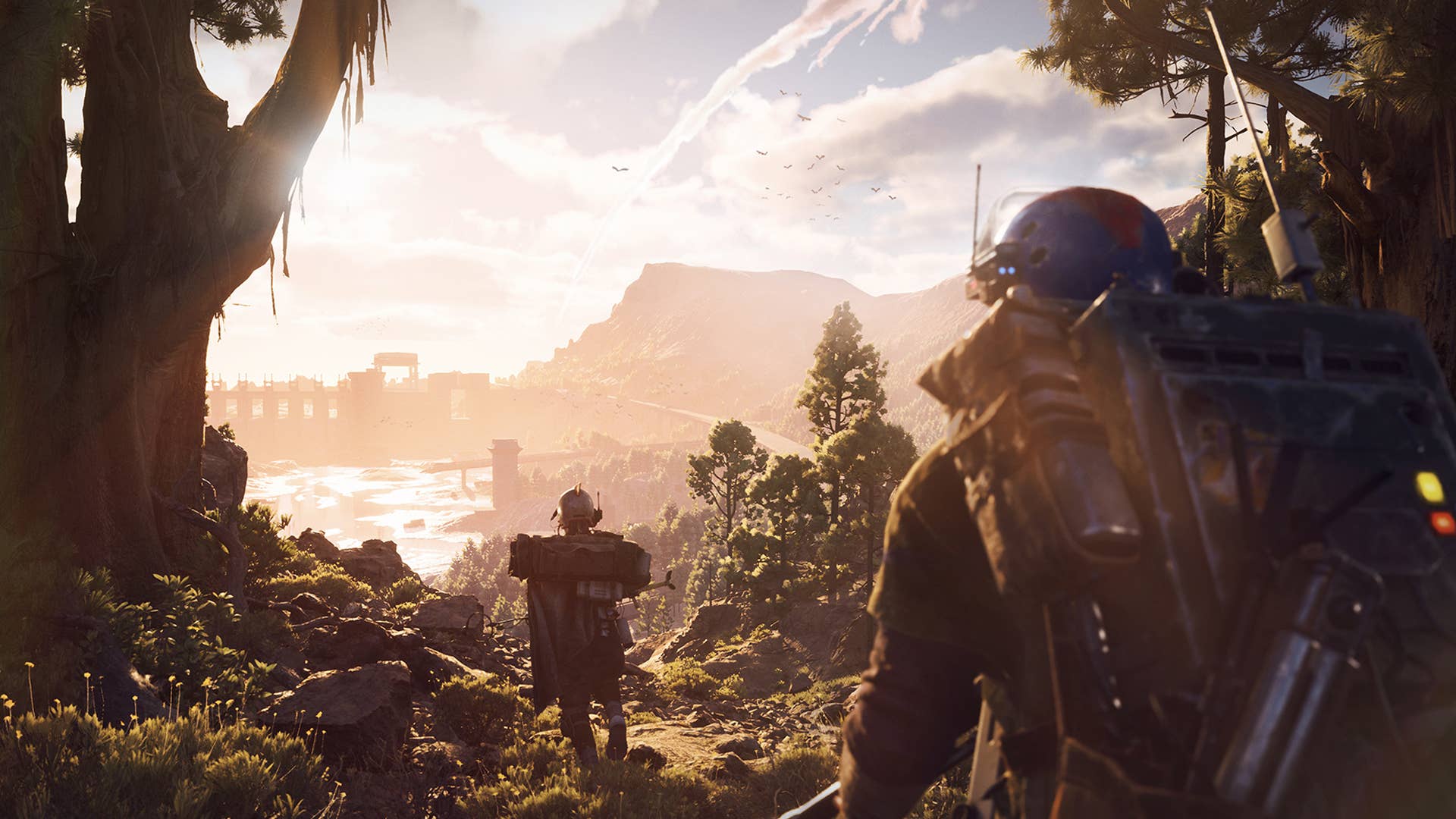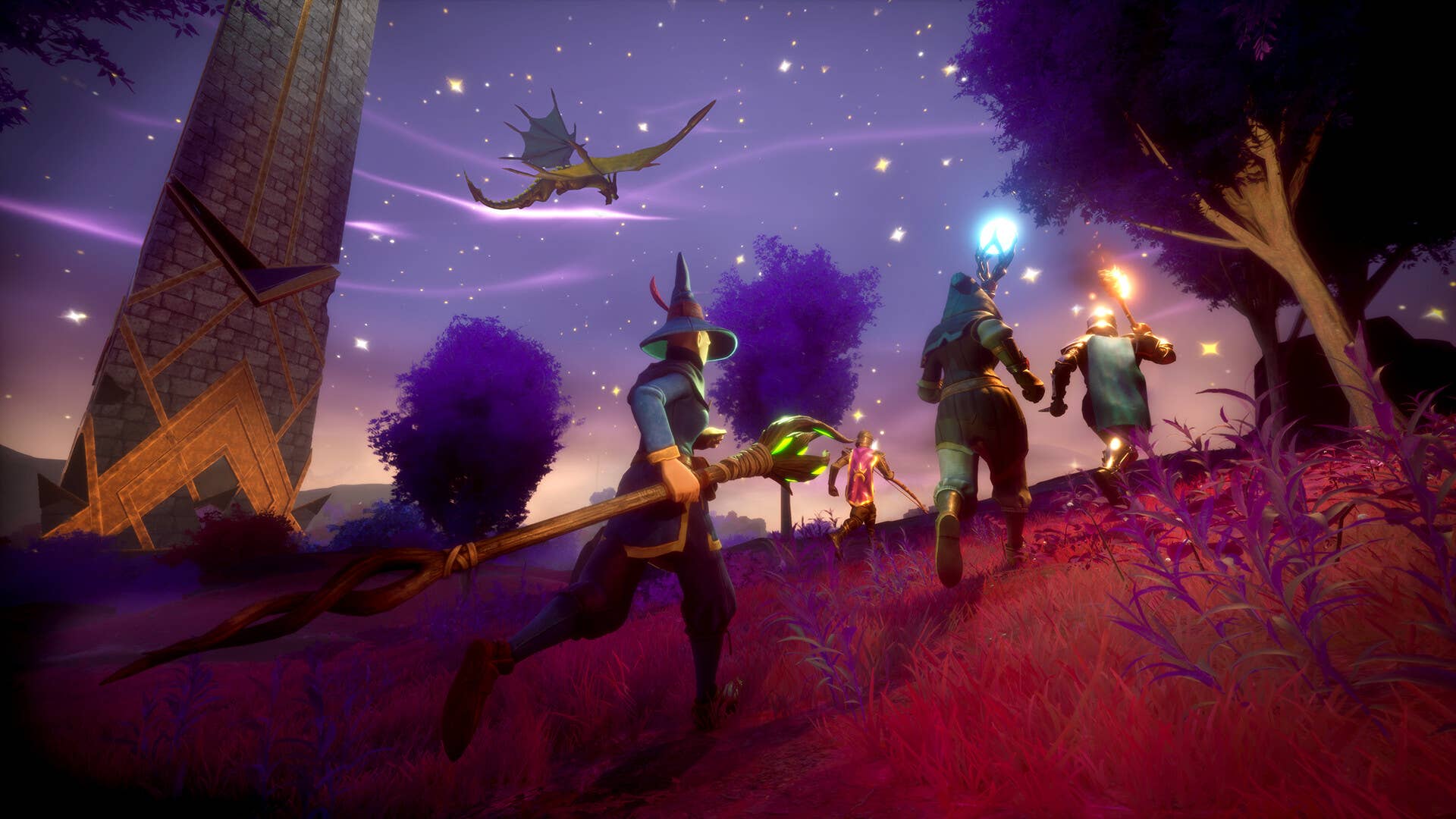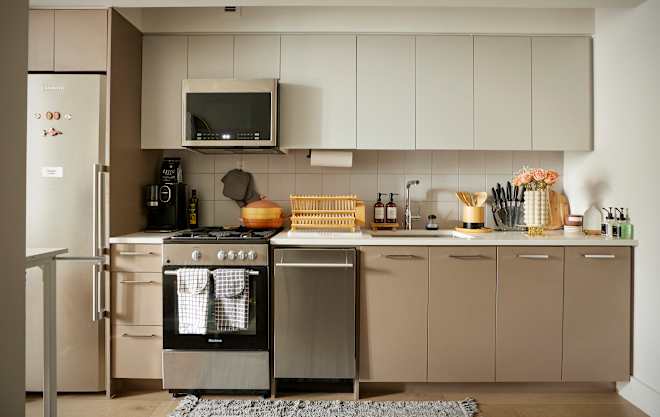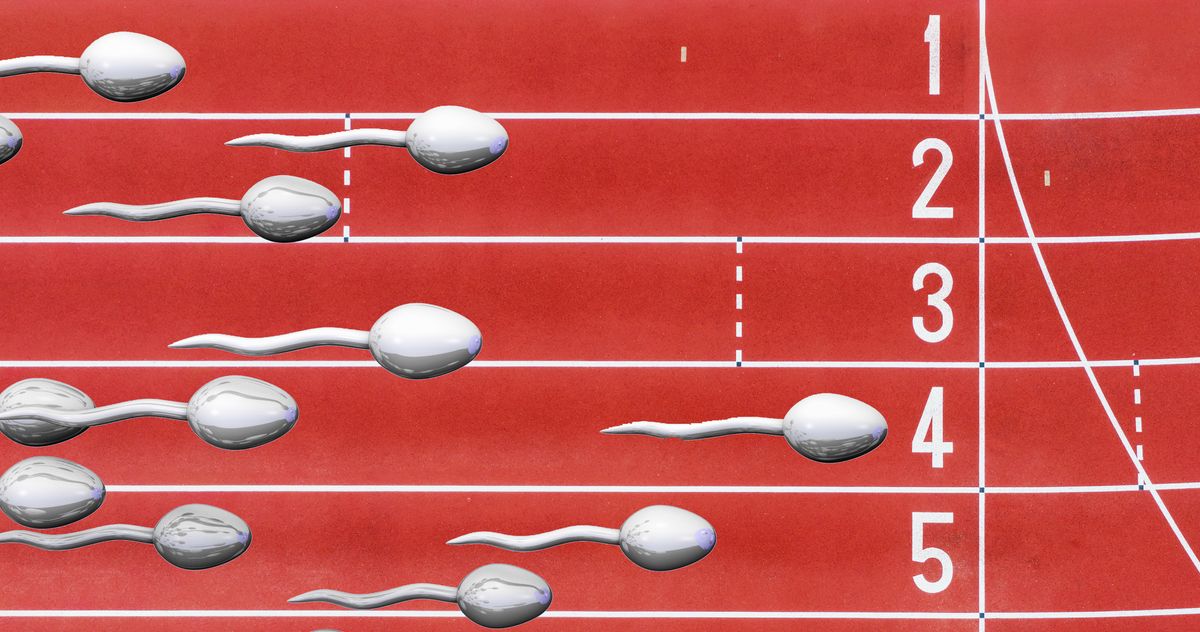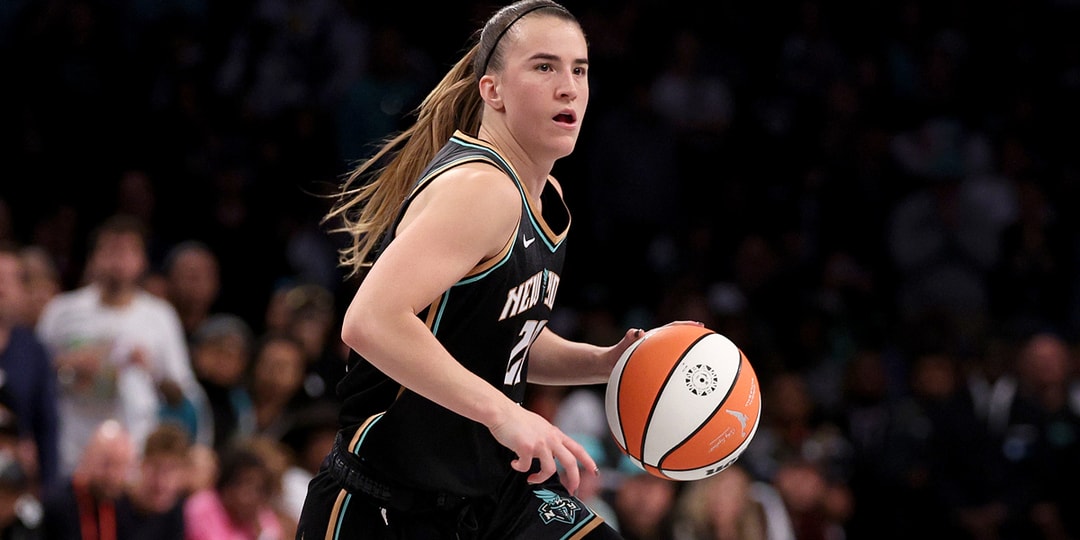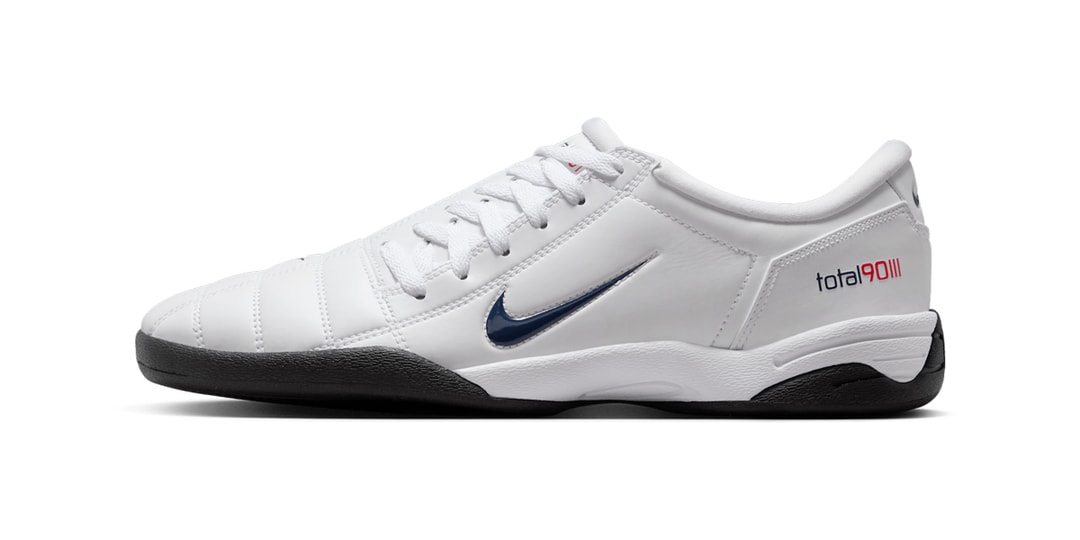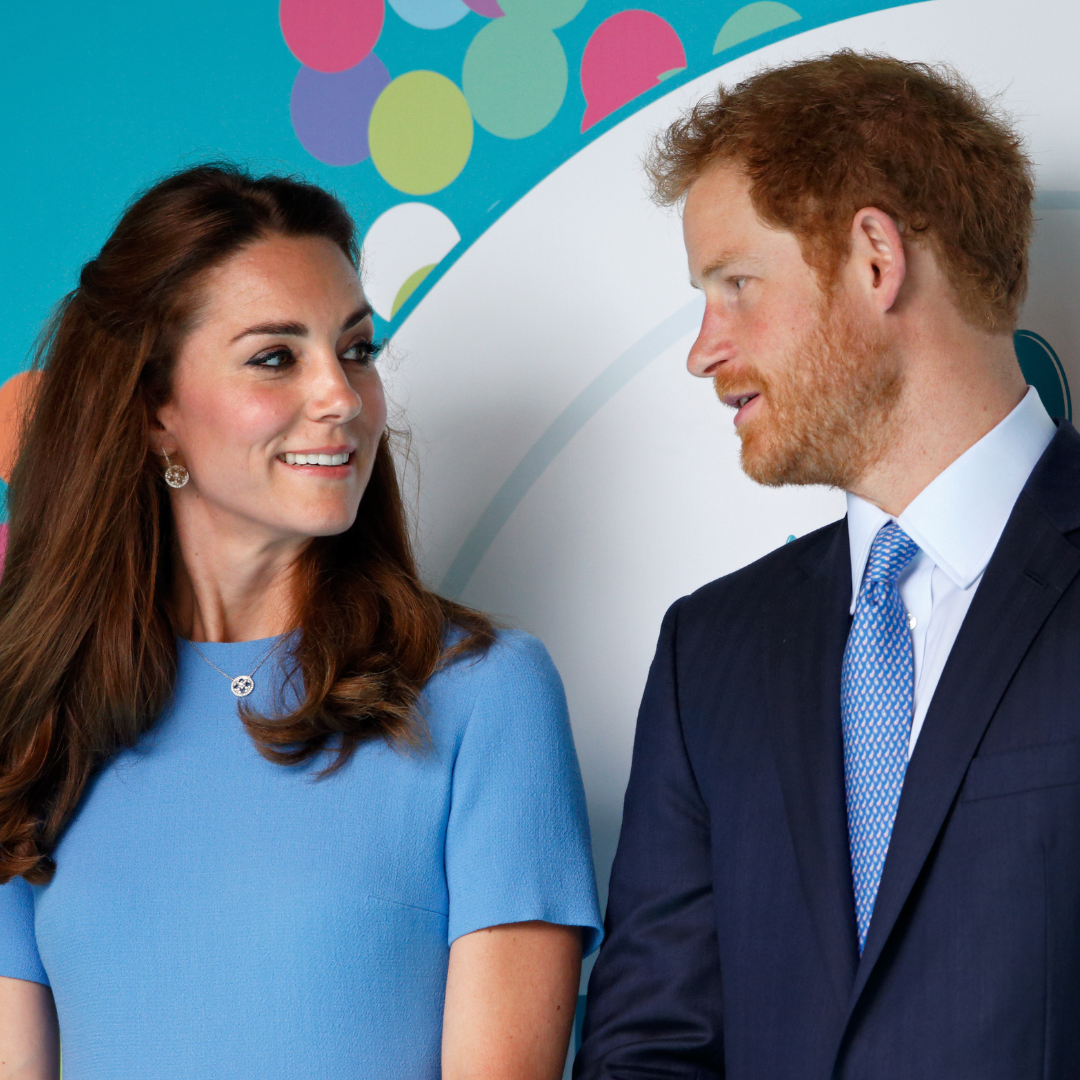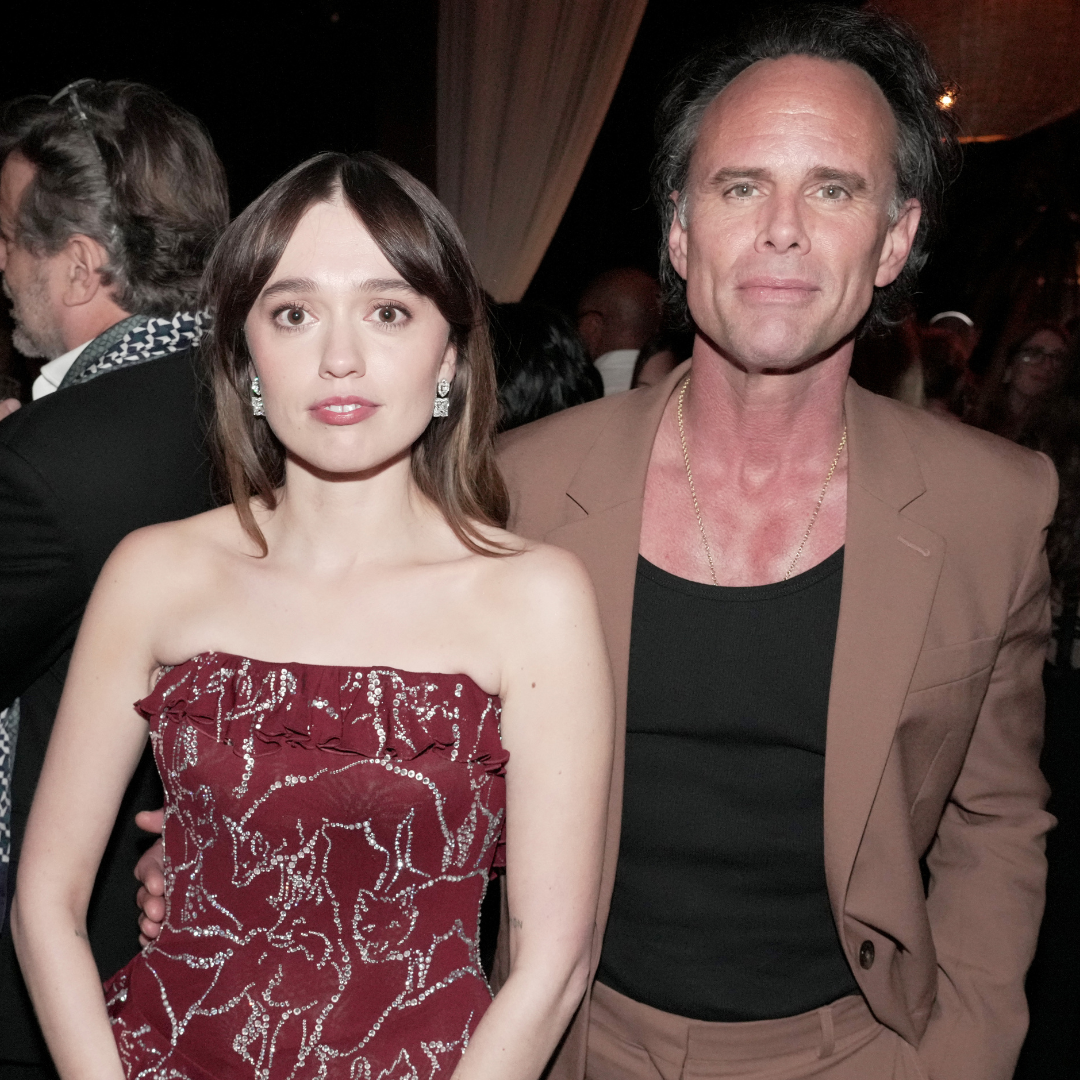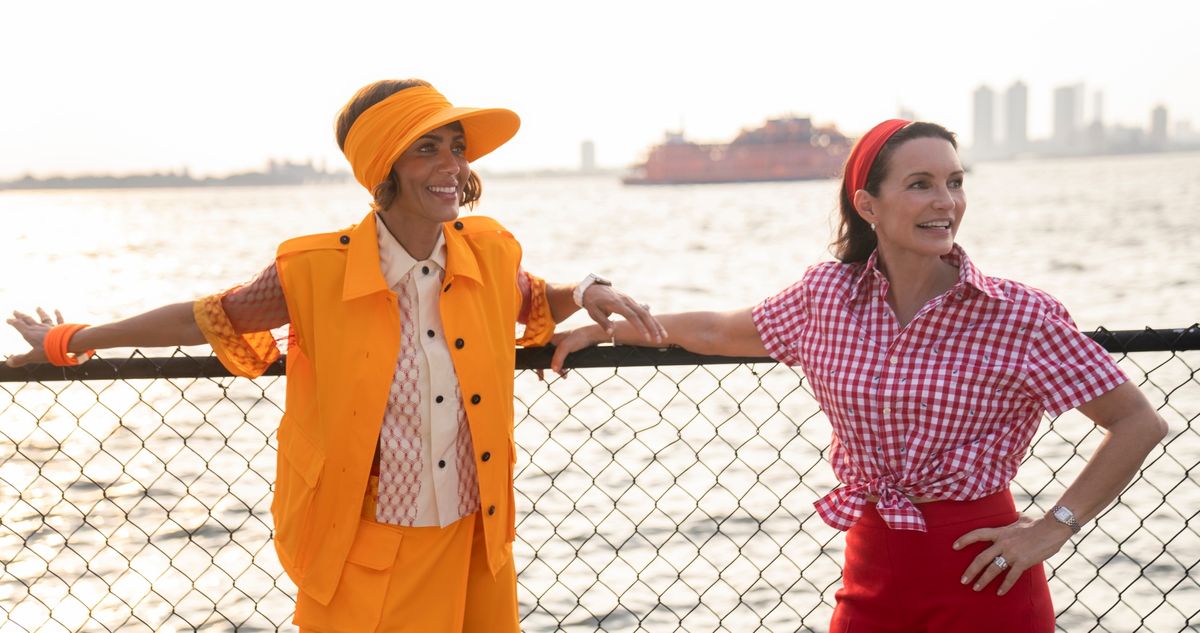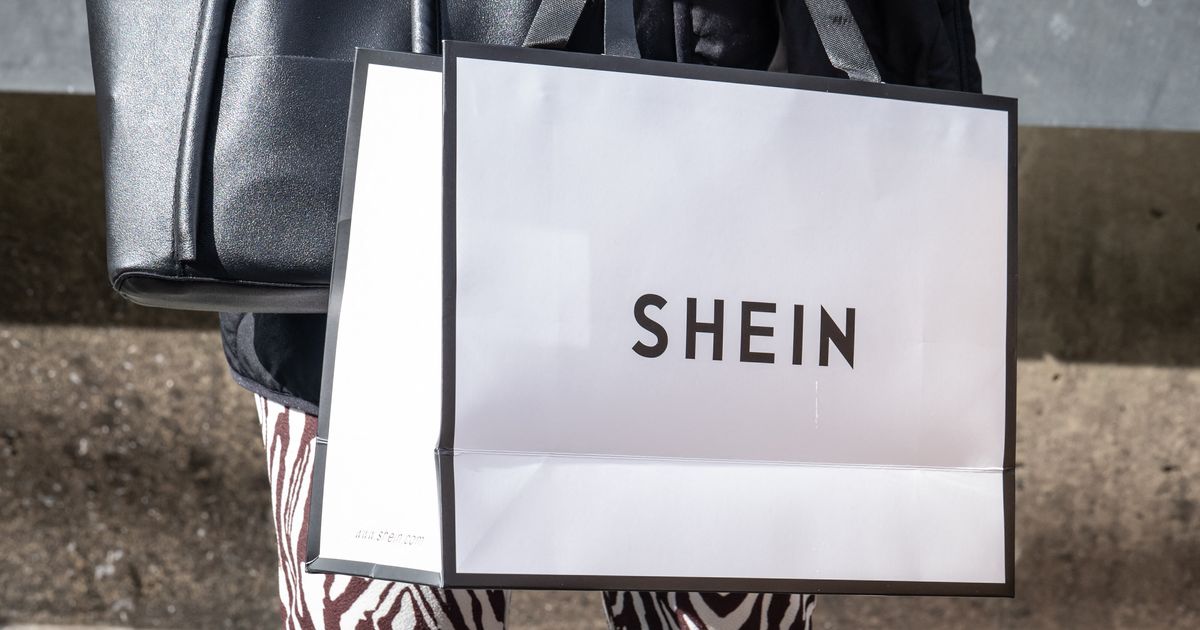Sigma unveils 24MP BF camera and new lenses
Sigma CEO Kazuto Yamaki Photo: Richard Butler We're at Sigma's pre-CP+ event at its headquarters in the suburbs of Tokyo. CEO Kazuto Yamaki is talking and we'll be reporting live on what he reveals. About the company He says they've been working hard to provide "the best of the best." But, since he took over the company on 2012, the image quality of smartphones has increased and "the importance of the dedicated camera is gradually being questioned." This caused him concern, he says. But he found himself encouraged when he went back to the founding ethos of his father: "technological innovation is an art in itself." He says the company will focus on "technology, craftsmanship and art." To reflect this, the company is introducing a new look and new logo, with the tag-line: "The art of engineering, engineering for art." As part of this, Yamaki says the company is establishing the Sigma Foundation that will promote the art of photography. The foundation's first actions will be to publish photo books by two photographers: Sølve Sundsbø and Julia Hetta. But, he says the company's focus will remain the same: "to develop, manufacture and deliver the very best products to our customers." "Since 1973 we have been making all our products in Aizu, Japan," he says, "and we remain committed to the people and the community of Aizu." Two new lenses: Sigma CEO Kazuto Yamaki reveals the 16-300mm F3.5-6.7 DC OS lens for APS-C mirrorless. Photo: Dale Baskin The first lens is the 16-300mm F3.5-6.7 DC OS, an 18.8x zoom lens for APS-C, as part of its Contemporary range of lenses. He describes the design as compact and lightweight, with a diameter of 73.8mm and a length of 121.4mm. It weighs 615g (L-mount). The lens is ideal for travel, landscape, street and family photos, where flexibility is important, he says. The autofocus is driven by the company's HLA linear motor and the optical stabilization can deliver 6.0 stops of shake compensation at the wide end. It can deliver a 1:2 magnification ratio at 70mm. It will be available for L-mount, Sony E-mount, Fujifilm X-mount and Canon RF-mount. It will cost $699 and be available in April. The second lens is a Sigma 300-600mm F4 DG OS Contemporary. The World's first zoom to reach 600mm with a maximum aperture of F4. He says they aimed to make it compact and lightweight enough for handheld use. It weighs around 4Kg and is 467.9mm long. It has a diameter of 167mm. The optical stabilization is able to deliver 5.5EV of correction. It has 28 elements in 21 groups include six FLD elements and one SLD element. The lens has a switch to change stabilization modes, for when you're panning. The lens is an internal zoom design, minimizing shifts in the center of gravity. It can take internal filters. It will be available for both L-mount and E-mount. It will cost $5999, and is also available in April. New camera: Sigma BF Photo: Dale Baskin "Smartphones are now the most used camera in the world," says Yamaki: "the very raison d'etre of dedicated question is brought into question." While situations like sports and wildlife photography still require a dedicated camera, it's less obvious whether a dedicated camera is needed for day-to-day photography. "We believe it is," he says. Modern digital cameras are not compatible with frequent day-to-day use. We wanted to create a camera that was small, simple and well-suited to everyday use. "An everyday system camera for creative minds." L-mount camera with 24MP CMOS sensor. He says the design concept is one of "radical simplicity." He highlights three features: Unibody construction, Single-finger interface and Dual Layer menu system. The body is a unibody/monocoque construction. It takes over seven hours to mill the camera from a single ingot. On one side there is a strap lug, on the other a USB 3.2 10Gbps port. Beyond this, just a tripod socket and battery compartment. There is no memory card slot. Instead. 230GB of internal memory. This allows storage of up to 14,000 JPEGs, 4300 DNG Raws and over 2.5 hours of video at the highest bit-rate. Single-finger interface: Photo: Dale Baskin He suggests the complexity of modern camera interfaces stems from them being based on film camera operation. He says they've simplified everything to allow everything other than the shutter button to be operated with your thumb. The buttons on the back use piezoelectric actuators to provide haptic feedback as you operate it. The BF costs $1999 and will be available in April. We're told we'll be able to get our hands on a working sample shortly. He points out that many menus have a great many options and can require a lot of exploring and button pressing. On the BF they have simplified all the options into two menu screens: the main menu screen with all the key shooting parameters: aperture, shutter speed, ISO, exposure comp and color modes. At the top of the screen: aspect ratio, AF mode and white balance. Separately, there is a

 |
|
Sigma CEO Kazuto Yamaki Photo: Richard Butler |
We're at Sigma's pre-CP+ event at its headquarters in the suburbs of Tokyo. CEO Kazuto Yamaki is talking and we'll be reporting live on what he reveals.
About the company
He says they've been working hard to provide "the best of the best." But, since he took over the company on 2012, the image quality of smartphones has increased and "the importance of the dedicated camera is gradually being questioned."
This caused him concern, he says. But he found himself encouraged when he went back to the founding ethos of his father: "technological innovation is an art in itself."
He says the company will focus on "technology, craftsmanship and art." To reflect this, the company is introducing a new look and new logo, with the tag-line: "The art of engineering, engineering for art."
As part of this, Yamaki says the company is establishing the Sigma Foundation that will promote the art of photography. The foundation's first actions will be to publish photo books by two photographers: Sølve Sundsbø and Julia Hetta.
But, he says the company's focus will remain the same: "to develop, manufacture and deliver the very best products to our customers."
"Since 1973 we have been making all our products in Aizu, Japan," he says, "and we remain committed to the people and the community of Aizu."
Two new lenses:
 |
|
Sigma CEO Kazuto Yamaki reveals the 16-300mm F3.5-6.7 DC OS lens for APS-C mirrorless. Photo: Dale Baskin |
The first lens is the 16-300mm F3.5-6.7 DC OS, an 18.8x zoom lens for APS-C, as part of its Contemporary range of lenses.
He describes the design as compact and lightweight, with a diameter of 73.8mm and a length of 121.4mm. It weighs 615g (L-mount). The lens is ideal for travel, landscape, street and family photos, where flexibility is important, he says.
The autofocus is driven by the company's HLA linear motor and the optical stabilization can deliver 6.0 stops of shake compensation at the wide end.
It can deliver a 1:2 magnification ratio at 70mm. It will be available for L-mount, Sony E-mount, Fujifilm X-mount and Canon RF-mount. It will cost $699 and be available in April.
 |
The second lens is a Sigma 300-600mm F4 DG OS Contemporary. The World's first zoom to reach 600mm with a maximum aperture of F4.
He says they aimed to make it compact and lightweight enough for handheld use. It weighs around 4Kg and is 467.9mm long. It has a diameter of 167mm.
The optical stabilization is able to deliver 5.5EV of correction. It has 28 elements in 21 groups include six FLD elements and one SLD element. The lens has a switch to change stabilization modes, for when you're panning.
The lens is an internal zoom design, minimizing shifts in the center of gravity. It can take internal filters. It will be available for both L-mount and E-mount. It will cost $5999, and is also available in April.
New camera: Sigma BF
 |
| Photo: Dale Baskin |
"Smartphones are now the most used camera in the world," says Yamaki: "the very raison d'etre of dedicated question is brought into question."
While situations like sports and wildlife photography still require a dedicated camera, it's less obvious whether a dedicated camera is needed for day-to-day photography. "We believe it is," he says.
Modern digital cameras are not compatible with frequent day-to-day use. We wanted to create a camera that was small, simple and well-suited to everyday use.
"An everyday system camera for creative minds."
L-mount camera with 24MP CMOS sensor. He says the design concept is one of "radical simplicity."
He highlights three features: Unibody construction, Single-finger interface and Dual Layer menu system.
The body is a unibody/monocoque construction. It takes over seven hours to mill the camera from a single ingot. On one side there is a strap lug, on the other a USB 3.2 10Gbps port. Beyond this, just a tripod socket and battery compartment.
There is no memory card slot. Instead. 230GB of internal memory. This allows storage of up to 14,000 JPEGs, 4300 DNG Raws and over 2.5 hours of video at the highest bit-rate.
Single-finger interface:
 |
| Photo: Dale Baskin |
He suggests the complexity of modern camera interfaces stems from them being based on film camera operation. He says they've simplified everything to allow everything other than the shutter button to be operated with your thumb. The buttons on the back use piezoelectric actuators to provide haptic feedback as you operate it.
The BF costs $1999 and will be available in April. We're told we'll be able to get our hands on a working sample shortly.
He points out that many menus have a great many options and can require a lot of exploring and button pressing. On the BF they have simplified all the options into two menu screens: the main menu screen with all the key shooting parameters: aperture, shutter speed, ISO, exposure comp and color modes. At the top of the screen: aspect ratio, AF mode and white balance.
Separately, there is a second screen with settings you change less often are grouped in a Options menu. More complex settings are stored one layer deeper, in a more conventional menu structure.
He acknowledges it may take some time to learn this new system, especially if you already know how to use another camera, but in time he says you will learn to enjoy the BF. "This is the easiest camera to use," he says.
The BF includes two new color modes, in addition to the ones on the existing fp and fpL models. These are Calm and Rich modes, one of which is subtle, the other quite bold.
"The BF is chiefly a photo camera but it can shoot video," Yamaki says. It can shoot up to 6K/30 in H.264, H.265 and Leica L-Log formats.
The BF will be available in black or silver, with silver versions of the I-series primes available in L-mount, to match. The BF weighs 388g (without battery).
It features a hybrid AF system combining phase detection and contrast detection.



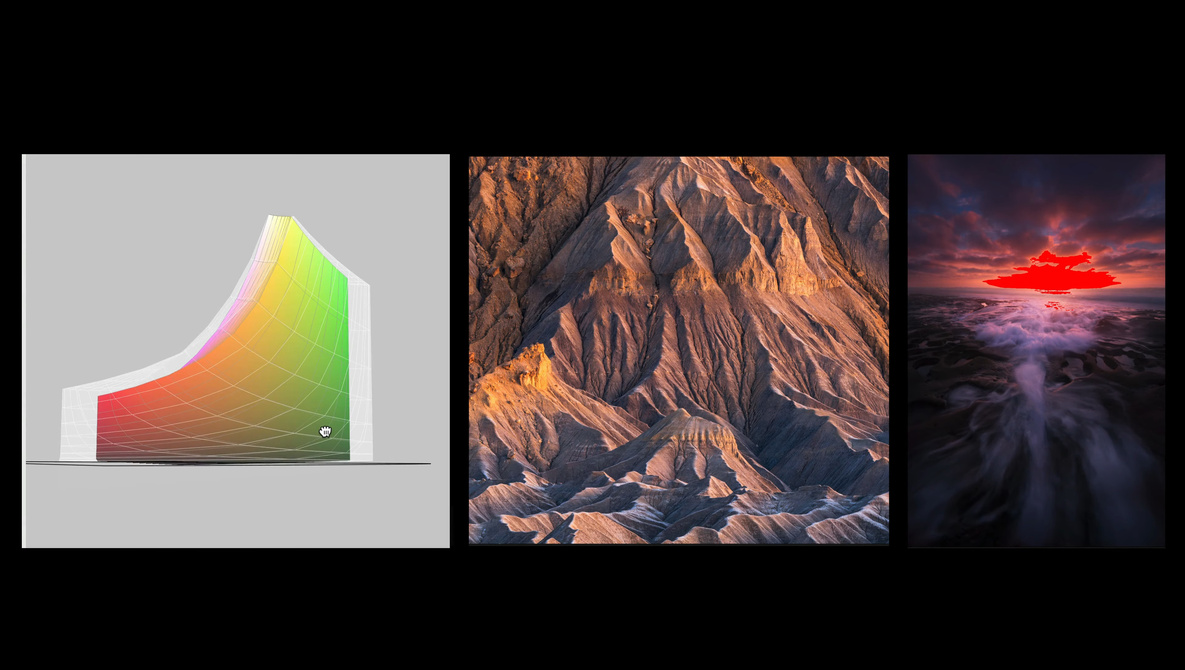
























































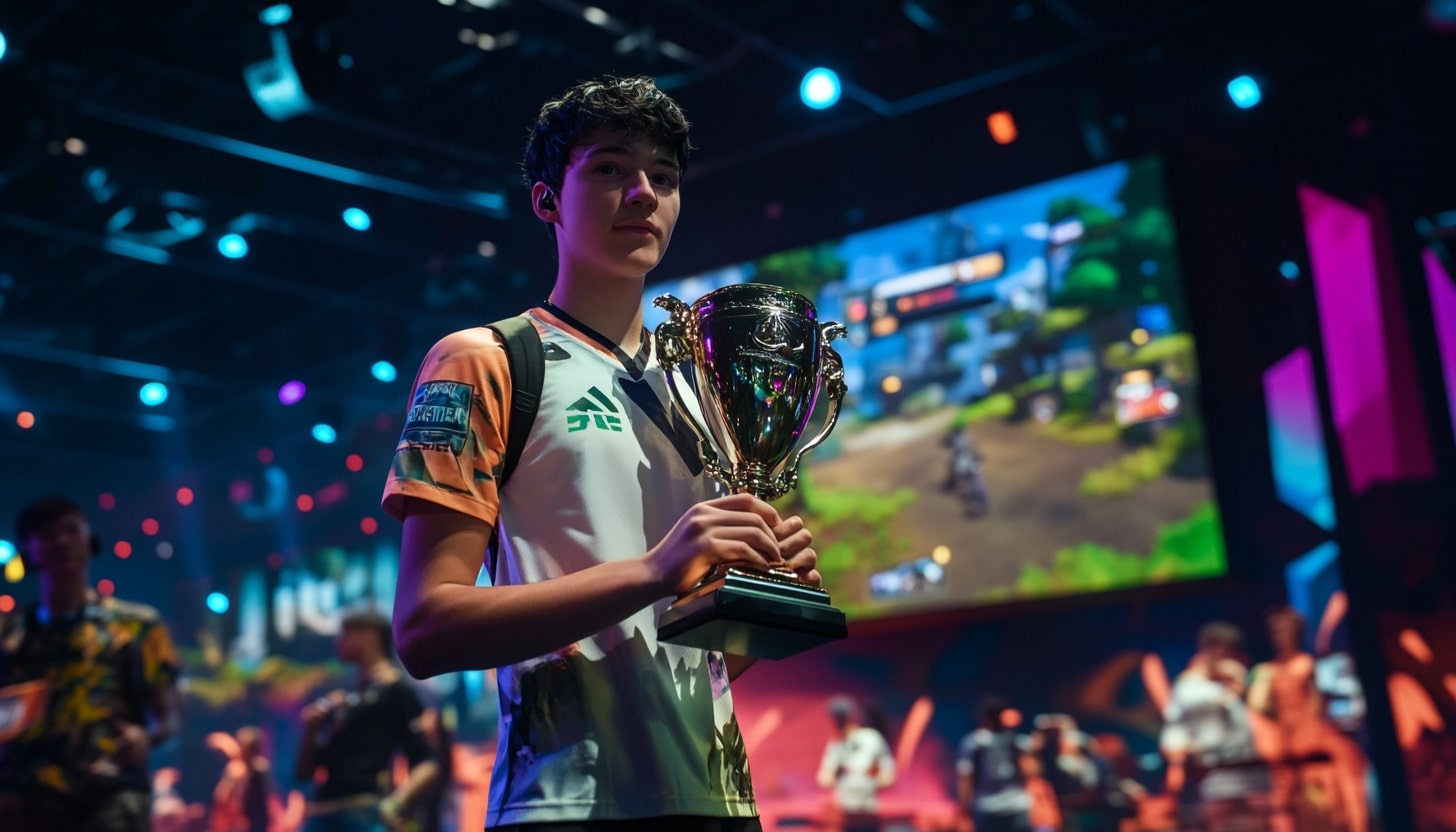




-Baldur’s-Gate-3-The-Final-Patch---An-Animated-Short-00-03-43.png?width=1920&height=1920&fit=bounds&quality=70&format=jpg&auto=webp#)











